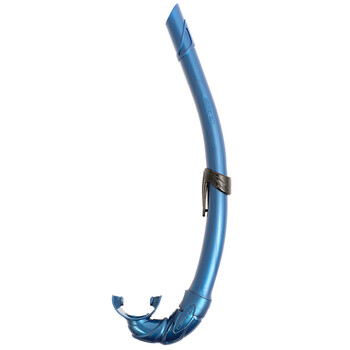
The script does not include the debugging part. Please don't be harsh, it is definitely askew and fragile nevertheless it is somehow working. In this attempt, I tried to accomplish idea suggested in comments. Currently I think you can only split a polygon layer with lines and not with another polygon layer (not 100% sure about this, but this works for sure).įinally run Split with Lines tool and use your original polygon layer as input and voronoi lines as the split layer: For me this was around 40%Ĭreate lines from the voronoi polygons (Vector geometry -> polygons to lines). Use enough buffer to cover the whole original polygon. Run Vector geometry -> centroids for the aggregated points This way you will get a multipoint layer from the clusters. Run Vector Geometry -> Aggregate and use the cluster id as the aggregation field. Use as many clusters as many areas you want: Run k-means clustering for the random points.Basically by adopting this method you could achieve pretty good results, although it doesn't give you 90 degree angles in all places, but roughly equal area:ġ.Create enough random points inside a polygon. As we discussed, not using flex-wrap: wrap can cause overflow, as can grid-template-columns: 1fr 350px when the screen is narrower than 350 pixels.All of the necessary tools can be found from processing toolbox and you have to be a bit innovative to achieve this. Use CSS Grid and Flexbox CarefullyĪs useful as CSS grid and flexbox are, they can easily cause overflow if used incorrectly. Account for User-Generated Contentįor a component like a comments thread, account for cases in which the user will paste a long URL or type a long word, as explained above. In doing so, you ensure that the layout can handle different varieties of content. Nothing beats testing with real content on a website. I hope you find it useful! Test With Real Content
Corsica overflow x how to#
How to Avoid Overflow in CSSīelow are things to check to reduce overflow issues in CSS. Moreover, applying overflow-x: hidden to the body element is not a good idea because position: sticky won’t work if a parent has overflow-x: hidden. If you have overflow, then it’s better to solve the root issue. Opting for overflow-x: hidden is like putting on a bandage without addressing the problem.


Is Applying overflow-x: hidden to body a Good Idea? ( Large preview)ĭouble-check every ad on the website to ensure that it’s not causing overflow. Mobile viewport with an overflow caused by an ad that is wider than the viewport. Add overflow-x: hidden to the parent element to prevent this. * px)`Īds injected on page load can cause overflow if they’re wider than their parent. var docWidth = Īpplying CSS’ outline to all elements on the page gives us a hint about elements that go beyond the page’s body. This is handy for pages with a lot of elements. We can add a snippet to the browser console to show any elements wider than the body. ( Large preview) Using JavaScript to Find Elements Wider Than the Body Whenever you can scroll, there is an overflow in play. If you’re able to scroll, this is a warning that something is wrong with the page. The first way to discover an overflow issue is by scrolling the page horizontally. Let’s explore the ways to detect overflow. There are different ways to detect overflow, from manually scrolling to the left or right or by using JavaScript. If we know when and where it happens, we can home in on that part of a web page. We will explore all of the causes in this article.Īn important part of solving this issue is noticing it in the first place. It could occur because of unexpectedly wide content or a fixed-width element that is wider than the viewport. Overflow with a fixed-width element that is wider than the viewport. An overflow issue occurs when a horizontal scrollbar unintentionally appears on a web page, allowing the user to scroll horizontally. What Is an Overflow Issue?īefore discussing overflow issues, we should ascertain what one is. Some issues can be fixed quickly, and some need a little debugging skill. Because there are many causes of scrollbar problems, there is no straightforward solution. If you’re a front-end developer, you may have come across horizontal scrollbar issues, especially on mobile. We will also explore how modern features in the developer tools (DevTools) can make the process of fixing and debugging easier. In this article, we will explore the causes of overflow issues and how to solve them.


 0 kommentar(er)
0 kommentar(er)
